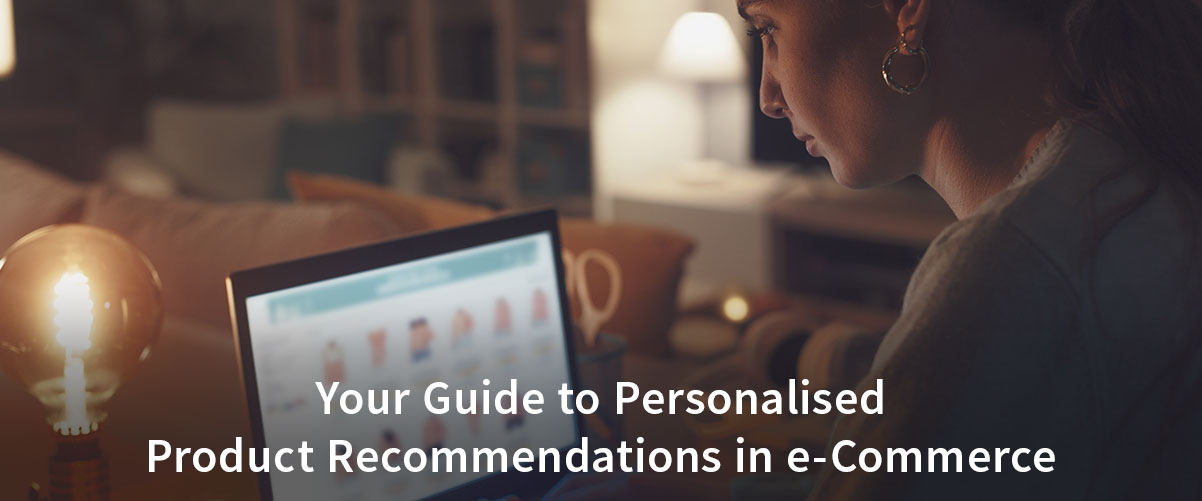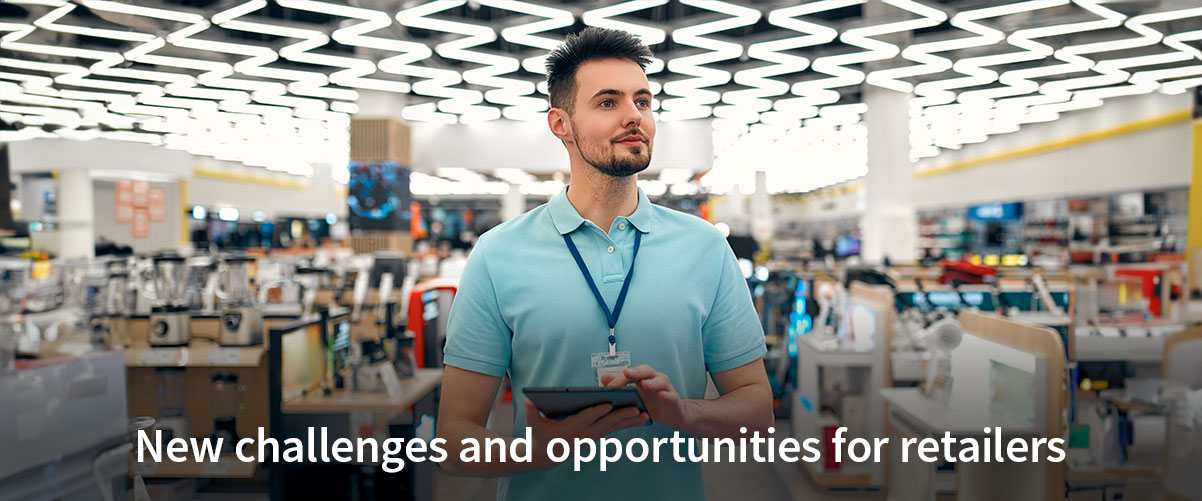
In today’s fast-paced, digitally driven world, consumer expectations are higher than ever. Retailers must adapt to meet these evolving demands and deliver exceptional experiences that drive customer loyalty and satisfaction. One key area where retailers need to excel is performance.
Understanding High-Performing Retailers
High-performing retailers are those that consistently exceed customer expectations in terms of product quality, service, convenience, and overall shopping experience. They are able to:
- Deliver exceptional product quality: High-performing retailers prioritize sourcing high-quality products and ensuring they meet or exceed customer standards.
- Provide outstanding customer service: From knowledgeable staff to efficient returns policies, high-performing retailers go above and beyond to meet customer needs.
- Offer convenient shopping experiences: This includes factors like easy navigation, fast checkout processes, and multiple channels for shopping (e.g., online, in-store, mobile).
- Create a positive brand experience: High-performing retailers build strong brand identities that resonate with their target audience and foster loyalty.
What Do Global Consumers Want?
Global consumers have a set of shared expectations when it comes to retail performance. These include:
- Product Quality: Consumers expect products to be well-made, durable, and meet their needs. They are increasingly willing to pay a premium for high-quality items.
- Convenience: Consumers value convenience and efficiency. They expect retailers to offer easy ways to shop, whether online or in-store.
- Personalization: Consumers want retailers to understand their preferences and tailor their experiences accordingly. This includes personalized recommendations, targeted promotions, and relevant content.
- Omnichannel Experiences: Consumers expect a seamless shopping experience across all channels, whether they are shopping online, in-store, or using a mobile app.
How Can Retailers Meet High Expectations?
To meet the demands of today’s global consumers, retailers must focus on the following areas:
- Invest in Product Quality: Retailers should prioritize sourcing high-quality products and conducting rigorous quality control.
- Prioritize Customer Service: Retailers should train their staff to provide excellent customer service and create a positive shopping experience.
- Embrace Technology: Retailers should leverage technology to improve efficiency, personalization, and convenience. This includes investing in e-commerce platforms, mobile apps, and customer relationship management systems.
- Create a seamless omnichannel experience: By integrating online and offline channels, providing consistent product availability, and enabling personalized interactions across all touchpoints.
How Can ETP Unify Help Retailers?
ETP Unify offers a comprehensive suite of solutions that can help retailers meet the evolving needs of global consumers. ETP Unify is a powerful cloud-native Unified Commerce Retail Solution. Built using MACH Architecture, it brings the best of Retail and e-commerce functionality to the user in one, easy-to-use, beautiful interface. With all information stored in one database, it empowers retail merchants and managers to have all the information and tools at their fingertips to serve customers across channels, helping create an amazing experience for consumers. By leveraging ETP Unify’s capabilities, retailers can:
Enhance Product Quality
- Logistics Management System
- Efficient Delivery: Streamlined logistics processes ensure products are delivered on time and in good condition. This reduces the risk of damage during transit and improves customer satisfaction.
- Accurate Tracking: Real-time tracking of orders allows retailers to monitor the status of shipments and proactively address any issues that may arise, such as delays or lost packages.
- Reduced Costs: Optimized logistics operations can help retailers reduce shipping costs and improve overall profitability.
Product Information Management
- Consistent Information: A well-managed ETP Unify’s PIM system ensures that product information is accurate and consistent across all sales channels. This helps to avoid confusion and errors that can lead to customer dissatisfaction.
- Enhanced Product Search: Accurate and comprehensive product information makes it easier for customers to find the products they are looking for, improving the overall shopping experience.
- Improved Marketing: A PIM system can help retailers create targeted marketing campaigns based on product attributes and customer preferences, increasing the effectiveness of their marketing efforts.
Improve Customer Service
AI-Powered Recommendations
- Personalized Experience: By suggesting products tailored to individual customer preferences, AI-powered recommendations create a more personalized and engaging shopping experience.
- Increased Sales: Recommendations can upsell and cross-sell products, leading to increased sales and revenue.
- Improved Customer Satisfaction: When customers receive relevant product suggestions, they are more likely to find what they need and feel satisfied with their purchase.
Smart Order Management System
- Efficient Returns: A well-functioning order management system simplifies the returns process for both customers and retailers. Customers can easily initiate returns, and retailers can efficiently process them, improving customer satisfaction.
- Reduced Errors: Automation in order management can help minimize human errors, such as incorrect shipments or processing mistakes, leading to fewer customer complaints.
- Improved Inventory Management: An efficient system can help retailers better manage their inventory, reducing the likelihood of stockouts or overstocking, which can impact customer satisfaction.
Optimize Operations
Unified Inventory Management System:
- Real-time Visibility: The system provides real-time visibility into inventory levels across all channels, ensuring that retailers always have an accurate understanding of their stock.
- Reduced Stockouts: By preventing stockouts, retailers can avoid lost sales and customer dissatisfaction.
- Minimized Overstocking: Optimized inventory management helps to prevent overstocking, which can tie up capital and increase storage costs.
Create Omni-channel Experience
- Product Availability: ETP Unified inventory management solutions can help retailers maintain accurate inventory levels, ensuring that products are available for purchase both online and in-store.
- Channel Integration: ETP Unify can help retailers integrate their online and offline channels, ensuring a consistent customer experience across all touchpoints.
In today’s competitive retail landscape, high performance is no longer a luxury but a necessity. Retailers that can meet and exceed the expectations of global consumers will thrive. By investing in product quality, and customer service, and optimizing their operations, retailers can create a lasting impression and drive long-term success.










